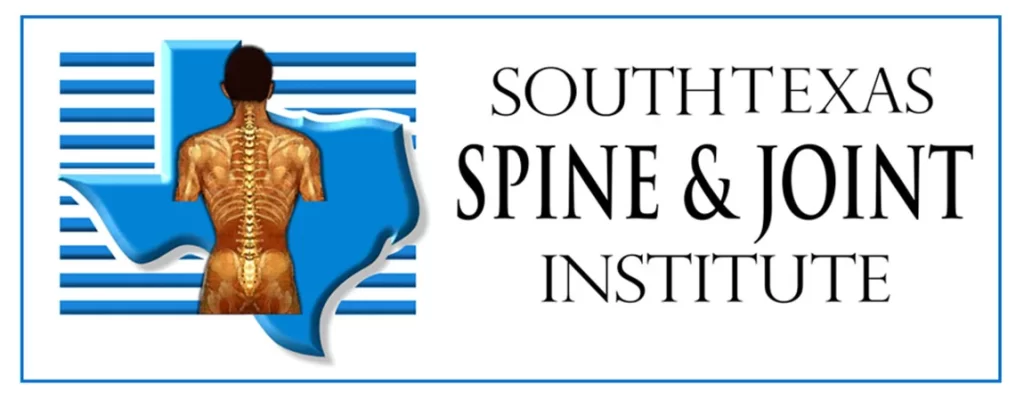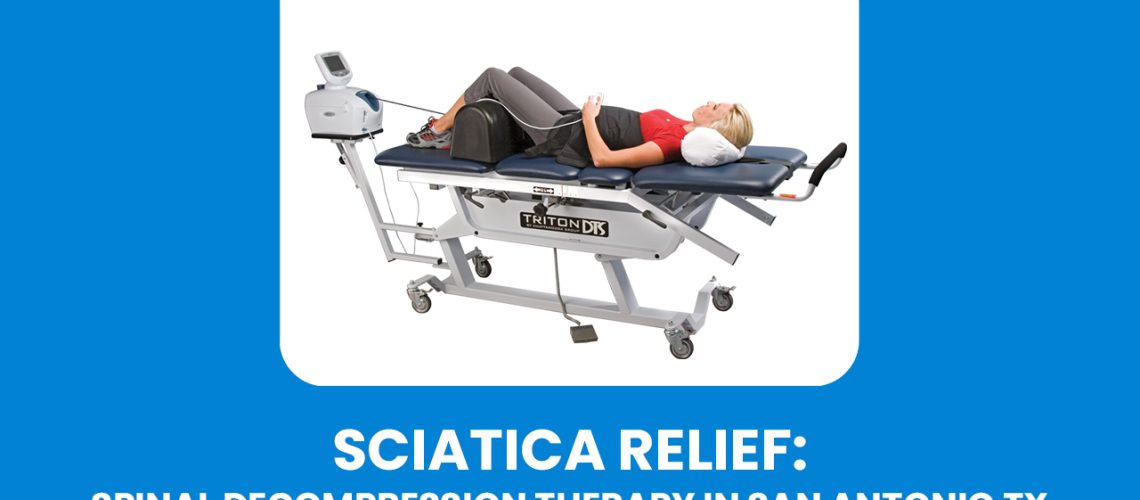Sciatica, characterized by debilitating pain radiating along the sciatic nerve, can significantly impact one’s quality of life. In Spinal Decompression Therapy In San Antonio TX, individuals grappling with this condition seek effective solutions to alleviate their discomfort and regain mobility. Spinal decompression therapy emerges as a promising option, offering targeted relief and promoting long-term healing.
Understanding Sciatica
Sciatica stems from compression or irritation of the sciatic nerve, which extends from the lower back down the legs. This compression often results from herniated discs, spinal stenosis, or degenerative disc disease, manifesting as sharp pain, numbness, or tingling sensations along the affected nerve pathway.
The Role Of Spinal Decompression In Sciatica Treatment
Spinal Decompression Therapy In San Antonio TX serves as a non-invasive intervention aimed at relieving pressure on the spinal discs and nerves. By gently stretching the spine, this technique creates negative pressure within the discs, facilitating the retraction of herniated or bulging material. Consequently, decompression alleviates nerve impingement and promotes the body’s natural healing processes.
Types Of Spinal Decompression Techniques
Spinal decompression techniques encompass a variety of methods aimed at relieving pressure on the spinal discs and nerves, ultimately alleviating pain and promoting healing. Two primary categories of spinal decompression techniques are traction-based decompression and non-surgical decompression methods.
Traction-Based Decompression:
Traction-based decompression involves the use of specialized tables or devices to apply controlled traction to the spine. Here’s a detailed explanation of this technique:
Mechanism: Traction-based decompression works by gently stretching the spine, creating negative pressure within the spinal discs. This negative pressure helps retract herniated or bulging material, reducing compression on the nerves and promoting the influx of nutrients and hydration into the discs.
Equipment: Traction-based decompression often utilizes specialized tables equipped with harnesses or straps to secure the patient’s body. These tables are adjustable to accommodate different treatment angles and levels of traction force. Additionally, motorized traction devices may be employed to precisely control the amount and duration of traction applied to the spine.
Procedure: During a traction-based decompression session, the patient is comfortably positioned on the traction table, and the harnesses or straps are secured around their body. The table is then adjusted to apply traction forces, gently elongating the spine and creating space between the vertebrae. Treatment parameters, including traction force and duration, are customized based on the patient’s specific condition and response to therapy.
Benefits: Traction-based decompression offers several benefits, including targeted relief of spinal compression, improved spinal alignment, and enhanced circulation to the affected area. It is a non-invasive and generally well-tolerated treatment option that can provide significant pain relief and improve mobility for individuals suffering from conditions such as herniated discs, spinal stenosis, and sciatica.
Non-Surgical Decompression Methods:
Non-surgical decompression methods encompass a range of manual manipulation or motorized traction systems that aim to alleviate spinal compression without the need for surgical intervention. Here’s an overview of these methods:
Manual Manipulation: Non-surgical decompression techniques may involve manual manipulation of the spine by a qualified healthcare provider, such as a chiropractor or physical therapist. This may include gentle stretching and mobilization techniques aimed at reducing pressure on the spinal discs and nerves, promoting spinal alignment, and restoring normal range of motion.
Motorized Traction Systems: Alternatively, non-surgical decompression methods may utilize motorized traction systems that apply controlled traction to the spine. These systems typically consist of a treatment table equipped with a motorized traction device that delivers precise and adjustable traction forces to the spine. Motorized traction systems may offer advantages such as consistent treatment delivery and the ability to customize treatment parameters based on individual patient needs.
Procedure: Non-surgical decompression sessions typically involve a series of treatments conducted over several weeks, with each session lasting approximately 20-30 minutes. During the session, the patient is positioned on the treatment table, and traction forces are applied to the spine either manually or through a motorized device. The treatment parameters are carefully monitored and adjusted based on the patient’s response to therapy.
Benefits: Non-surgical decompression methods offer similar benefits to traction-based decompression, including pain relief, improved spinal alignment, and enhanced mobility. These methods are non-invasive and can be well-suited for individuals who prefer conservative treatment options or are not candidates for surgical intervention.
Benefits And Risks Of Spinal Decompression Therapy In San Antonio
Spinal Decompression Therapy In San Antonio offers a range of benefits, including targeted pain relief, enhanced spinal flexibility, and minimized reliance on medication. However, as with any medical intervention, there are inherent risks to consider, such as temporary soreness or muscle fatigue. Patients should undergo a thorough evaluation and consult with a qualified healthcare provider to assess the suitability of decompression therapy for their individual needs.
- Pain relief is often experienced after just a few sessions, allowing patients to resume their daily activities with ease.
- Improved spinal alignment and posture contribute to long-term wellness and reduced risk of future injuries.
- Risks associated with spinal decompression are minimal when performed by trained professionals under appropriate supervision.
Preparing For Spinal Decompression Treatment
Prior to undergoing spinal decompression therapy, patients should undergo a comprehensive evaluation to assess their spinal health and suitability for treatment. Providers may recommend diagnostic imaging studies or physical examinations to determine the underlying cause of sciatica and tailor the treatment approach accordingly. Additionally, patients should adhere to any pre-treatment guidelines provided by their healthcare provider to optimize the effectiveness of decompression therapy and promote a smooth recovery process.
Conclusion
In conclusion, effective spinal decompression therapy offers a promising solution for individuals suffering from sciatica in San Antonio, TX. By addressing the root cause of nerve compression and promoting natural healing processes, decompression therapy provides targeted relief and improves overall quality of life for sciatica sufferers. If you’re experiencing sciatic pain, consider consulting with a qualified healthcare provider at South Texas Spine & Joint Institute to explore the potential benefits of spinal decompression therapy and take proactive steps towards reclaiming your mobility and comfort.


No comment yet, add your voice below!